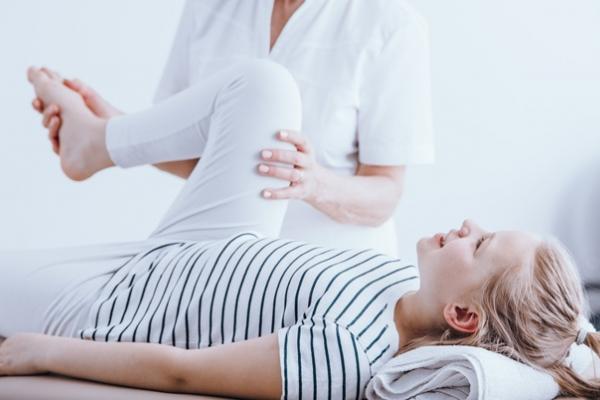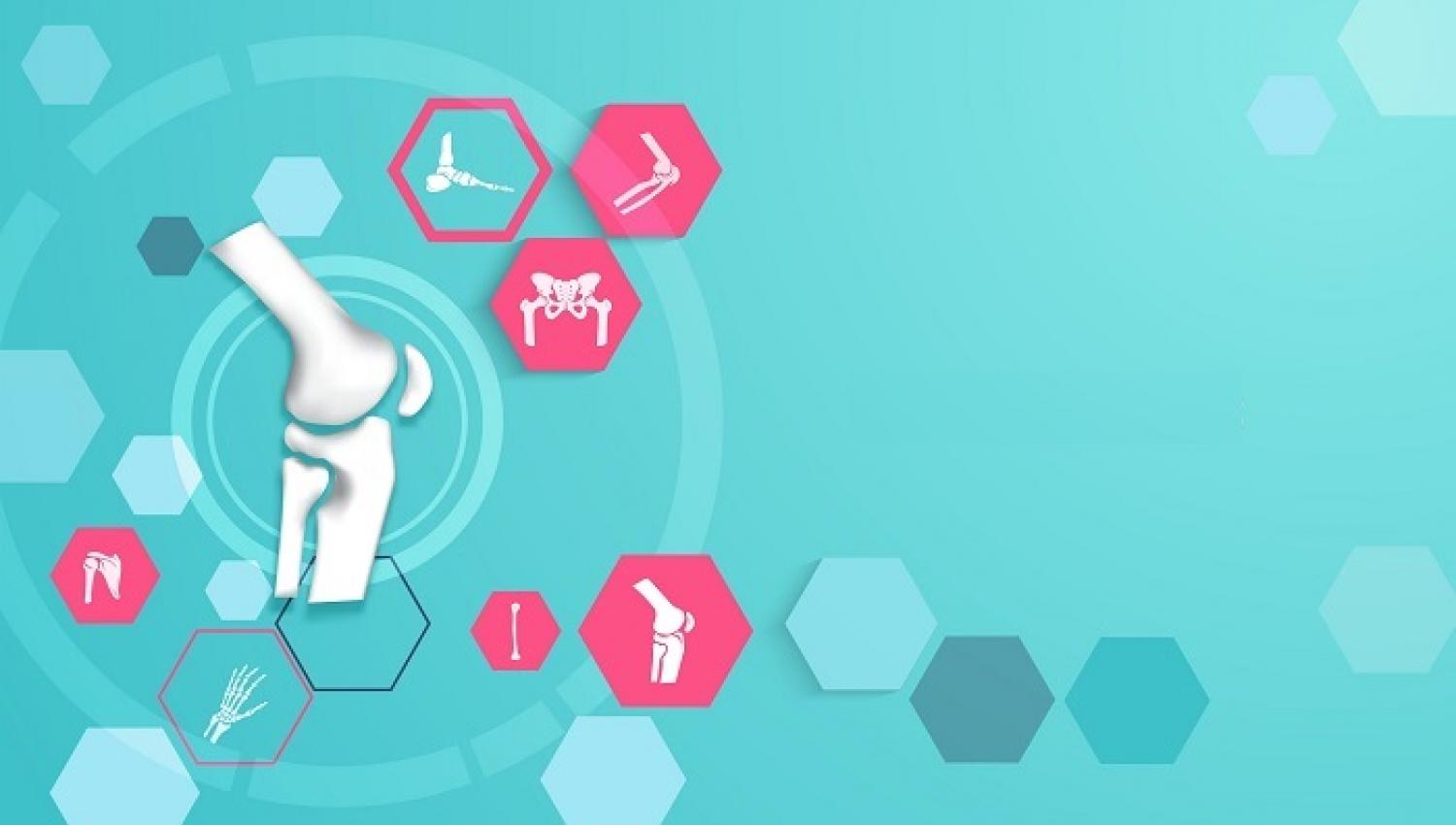Synovitis is a condition that usually occurs in boys between the ages of 3-10 and can occur following an upper respiratory tract infection or gastrointestinal infection. Stating that joint pain may develop weeks after the infection, Yeditepe University Koşuyolu Hospital Orthopedics and Traumatology Specialist Prof. Dr. Gökhan Meriç gives information about synovitis.
The main clinical symptoms in children are significant hip and sometimes knee pain, limping and hobbling, the child's reluctance to give load to the painful leg, and limitation in hip and/or knee movements. Blood tests are performed to eliminate a joint infection and the patient is asked for sedimentation and CRP, which are infection parameters, and a complete blood count. Radiologically, hip and pelvic radiographs are within normal limits. A hip ultrasound may be performed to determine fluid accumulation in the hip joint. The diagnosis is made with the absence of excessive elevation in blood values, clinical symptoms, and careful history taking of the patient. The symptoms of the disease regress by themselves over some time depending on the degree of the disease.
During treatment, the patient should be protected from overload and painkillers are usually sufficient. It is usually self-limiting and does not cause permanent joint damage. Although it is self-limiting, it should be well differentiated from septic arthritis as it can cause similar symptoms to microbial arthritis. For this reason, families need to consult a specialist immediately if their children have symptoms such as joint pain, limping, and difficulty walking. It is very rare in adulthood and is mainly a pediatric condition.
What is synovitis? Is it important? How old children can develop it?
It is a condition that occurs following an upper respiratory tract infection or a gastrointestinal infection, mostly in boys, usually between the ages of 3-10 years. Transient synovitis develops due to the reaction of the body's defense cells against the intra-articular structures that develop against a previous infection.
How does it manifest itself?
The main clinical symptoms in children are significant hip and sometimes knee pain, limping and hobbling, the child's reluctance to give load to the painful leg, and limitation in hip and/or knee movements. Blood tests are performed to eliminate a joint infection and the patient is asked for sedimentation and CRP, which are infection parameters, and a complete blood count. Radiologically, hip and pelvic radiographs are within normal limits. A hip ultrasound may be performed to determine fluid accumulation in the hip joint. The diagnosis is made with the absence of excessive elevation in blood values, clinical symptoms, and careful history taking of the patient.
How is the treatment?
The symptoms of the disease regress by themselves over some time depending on the degree of the disease. Protecting the patient from overload during treatment and giving painkillers are usually sufficient. It is usually self-limiting and does not cause permanent joint damage.
Can it manifest itself in adulthood?
It is extremely rare in adulthood and is mainly a pediatric condition.
Would you like to give any suggestions to the families?
Although it is self-limiting, the disease should be well differentiated as it can give similar symptoms to microbial-induced arthritis called septic arthritis. For this reason, families need to consult a specialist immediately if their children have symptoms such as joint pain, limping, and difficulty walking.
”




